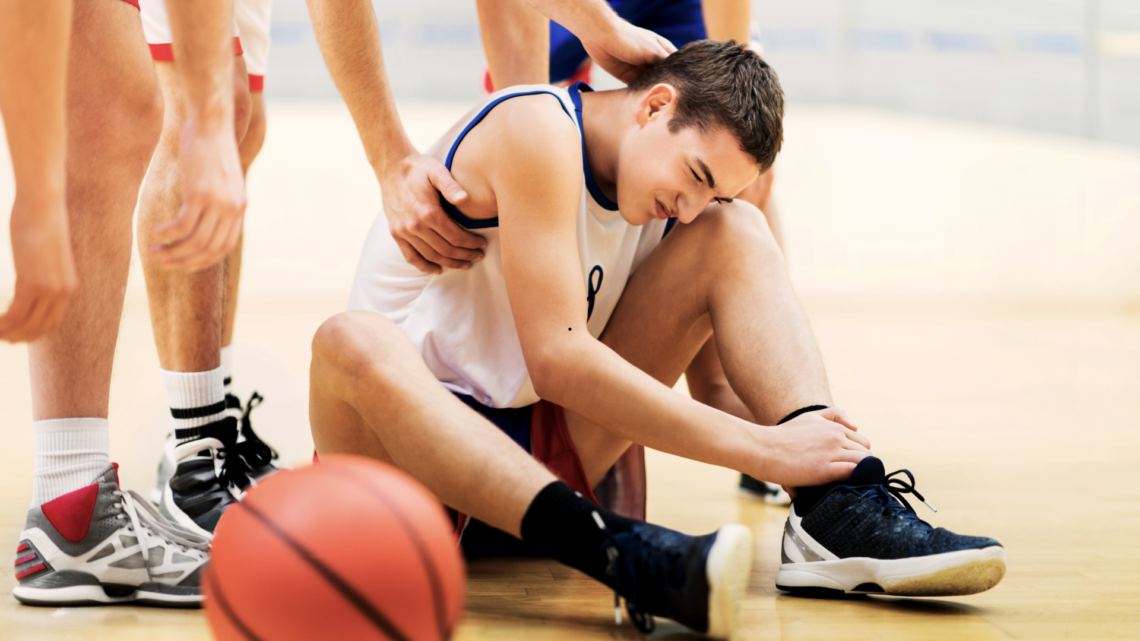From Injury to Impact: The Athlete’s Guide to Smart Recovery
Injuries are an inevitable part of every athlete’s journey. Whether it’s a torn ligament, a pulled muscle, or an overuse condition that’s crept up over time, getting sidelined can be both physically and mentally frustrating. But here’s the truth: injury doesn’t have to define you—how you recover does.
Smart recovery is more than rest and ice. It’s a strategic, personalized process that helps you return not just to where you were, but stronger, more balanced, and better prepared for what’s ahead. Let’s break down what that looks like.
1. Understand the Injury—Don’t Rush Past It
The first step in any smart recovery plan is awareness. Knowing what’s actually going on in your body—what tissues are involved, what movements aggravate it, and what your pain signals mean—sets the stage for effective healing.
Pro tips:
Get a proper diagnosis from a sports physiotherapist or orthopedic specialist.
Ask questions: “What structures are involved?” “Is this inflammatory, mechanical, or both?”
Avoid self-diagnosing via the internet or pushing through pain without a plan.
💬 “Understanding your injury isn’t a weakness—it’s the foundation of your strength going forward.”
2. Respect the Healing Timeline (but Don’t Just Wait)
Every injury has a biological timeline for healing, but that doesn’t mean you have to be inactive. In fact, active recovery—when done properly—can accelerate healing and reduce compensations.
What smart athletes do:
Follow a progressive rehab plan that adapts to how your body responds, not just a set number of weeks.
Keep moving safely. Even when one area is healing, the rest of your body can still train.
Work on mobility, core stability, and other weaknesses during downtime.
Key mindset: Healing is not about sitting out—it’s about training smart around the injury.
3. Rehab with Intention, Not Just Repetition
Rehab exercises aren’t meant to be checkboxes. They’re carefully prescribed to rebuild strength, coordination, and control in specific tissues and movement patterns.
Smart recovery includes:
Targeted exercises that address both the site of injury and contributing factors (e.g., hip weakness causing knee pain).
Quality over quantity—slow, controlled reps with proper form matter more than sets and reps.
Gradual reintroduction of sport-specific movements like cutting, sprinting, or jumping as healing progresses.
Bonus tip: Keep a training log or rehab journal to track progress and stay consistent.
4. Retrain the Mind-Muscle Connection
Injury doesn’t just affect muscles and joints—it impacts your neuromuscular system. The way your brain connects to your body can be disrupted, leading to hesitation, altered movement patterns, or poor reaction time.
To get back in the zone:
Incorporate balance drills, proprioception work, and reactive training (like agility ladders, single-leg hops, or quick direction changes).
Use mirror feedback, video analysis, or real-time coaching to rebuild confidence and form.
Practice mindful movement—engage mentally with how your body feels and moves.
💡 “Recovery isn’t just physical—it’s neurological. We’re retraining your system, not just your muscles.”
5. Return to Play Isn’t the End—It’s a New Beginning
Being “cleared” for return to play is exciting—but smart recovery doesn’t stop there. The final and most important phase is return to performance, where you work on restoring full power, resilience, and injury prevention.
The smart comeback includes:
Rebuilding full strength, speed, and explosiveness through progressive loading.
Addressing any asymmetries or compensations picked up during recovery.
Integrating movement screening to identify any lingering biomechanical issues.
Creating a sustainable maintenance plan with rest, mobility, and performance care.
🎯 “Don’t settle for 100% clearance—aim for 110% readiness.”
Injuries are tough—but with the right approach, they can become a turning point in your athletic career. Smart recovery is about listening to your body, working with the right professionals, and investing in long-term performance—not just short-term relief.
At my practice, I work with athletes across all levels to not only heal—but to return with purpose, precision, and strength. If you’re navigating an injury or want a personalized recovery plan tailored to your sport and goals, let’s talk. Recovery is a process, but you don’t have to do it alone.


